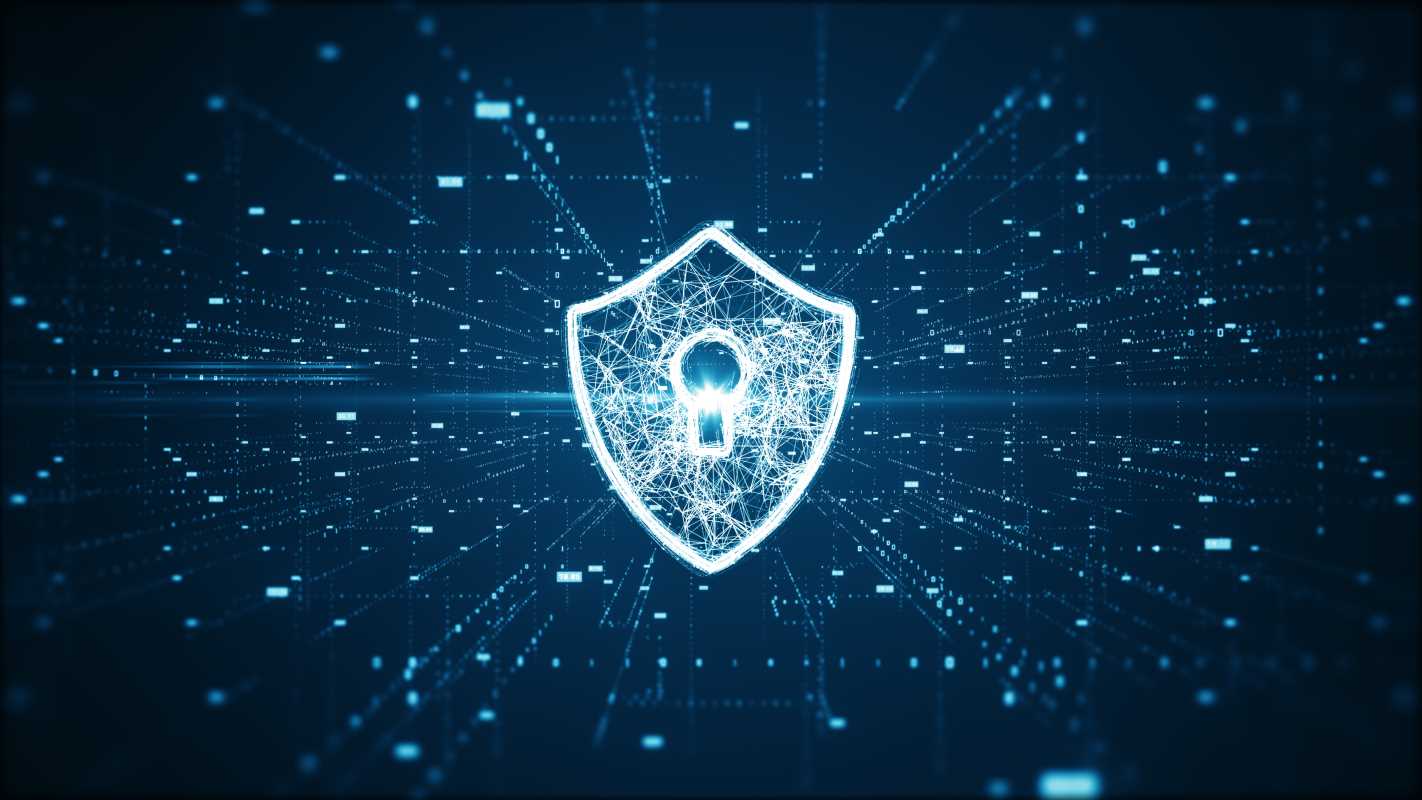Small businesses often assume cybercriminals won’t target them, but this couldn’t be further from the truth. Hackers frequently target small companies due to weaker defenses compared to larger organizations. Cyberattacks can result in stolen data, damaged reputations, and financial losses, making cybersecurity a top priority for small businesses in today’s digital landscape. By implementing effective practices, even organizations with limited budgets can protect their operations. We're outlining key cybersecurity practices for small businesses, breaking down strategies into manageable steps to safeguard sensitive information and maintain trust with customers.
Core Cybersecurity Practices for Small Businesses
Adopting these top practices will help secure your company and reduce exposure to cyber threats:
1. Use Strong Password Policies
Weak passwords are a leading cause of data breaches. Simple phrases, birthdays, or repeating passwords create easy entry points for hackers. Password policies should require employees to create strong, unique combinations for every account.
Best practices for passwords include:
- Requiring at least 12 characters, including uppercase and lowercase letters, numbers, and symbols.
- Avoid obvious choices like “password123” or names.
- Using password managers like LastPass or Dashlane to generate and store secure passwords safely.
Encouraging regular password updates further strengthens defenses.
2. Enable Multi-Factor Authentication (MFA)
Multi-factor authentication provides an extra layer of security by requiring more than just a password. After entering login credentials, users must verify their identity through a secondary method such as a code sent via text, fingerprint scan, or authentication app.
Tools like Google Authenticator or Microsoft Authenticator make implementing MFA straightforward. This additional step significantly reduces the likelihood of unauthorized access even if passwords are compromised.
3. Install Updates and Patches Promptly
Outdated software and systems are common entry points for cyberattacks. Hackers exploit vulnerabilities in operating systems, applications, and plugins to access company networks. Regularly updating software makes sure that security patches fix these weaknesses before they are exploited.
Automating updates on systems and devices prevents delays. If automation isn’t an option, assign someone on your team the responsibility of monitoring and applying updates regularly.
4. Train Employees on Cybersecurity Awareness
Human error often causes security breaches. Employees who click phishing emails, use insecure networks, or share sensitive information accidentally open the door to attackers. Cybersecurity training helps your team understand risks and how to prevent problems.
Topics to cover in training include:
- Identifying phishing emails and avoiding suspicious links.
- Using secure Wi-Fi networks.
- Report unusual activity immediately.
Free online resources or platforms like KnowBe4 can provide training material tailored to small businesses.
5. Secure Wi-Fi Networks
Leaving a Wi-Fi network unsecured means anyone nearby can access it, placing your data at risk. Protecting your internet connection is important.
Steps to secure your Wi-Fi:
- Use a strong password for your Wi-Fi network.
- Enable WPA3 encryption, which provides better data protection.
- Hide your Wi-Fi network name (SSID) to make it harder to find.
For higher protection, create separate networks for guests to prevent them from accessing sensitive company data.
6. Back Up Data Regularly
Data loss due to ransomware or system failures can grind operations to a halt. Regular backups make sure important files are easily accessible, reducing downtime.
Create a backup plan that includes:
- Automatic daily backups of all essential files.
- Storing backups in multiple locations, such as off-site servers and encrypted cloud storage (e.g., Google Drive or Dropbox).
- Testing backups periodically to confirm access and reliability during emergencies.
7. Use Firewalls and Antivirus Software
Firewalls act like barriers that block unauthorized traffic from entering your network. They protect against common attacks such as malware or unauthorized access. Most operating systems already include basic firewall options that can be configured with minimal effort.
Reliable antivirus software is another key layer of defense, constantly scanning for threats and preventing malicious files from harming your system. Programs like Norton or Bitdefender offer affordable, easy-to-use protection for small businesses.
8. Monitor and Restrict Access Privileges
Allowing unrestricted access to all data creates potential security loopholes. Employees should only access the information necessary for their roles. Limiting privileges prevents accidental or malicious misuse of data.
Adopt role-based access control (RBAC) to customize permissions based on job responsibilities. This strategy minimizes unnecessary exposure to sensitive information.
9. Develop an Incident Response Plan
Even with excellent cybersecurity measures, breaches can happen. An incident response plan outlines steps to contain and recover from attacks quickly, reducing harm.
A comprehensive response plan should include:
- Methods for isolating affected systems.
- Notification protocols for internal teams and customers.
- Guidelines for reporting incidents to regulatory bodies.
Rehearsing this plan regularly makes sure everyone knows their roles in the event of a real threat.
10. Partner with Cybersecurity Experts
Small businesses may lack in-house expertise to manage cybersecurity effectively. Partnering with cybersecurity firms or consultants helps keep your defenses strong and current.
Managed security service providers (MSSPs) handle tasks like monitoring networks, configuring firewalls, and responding to threats. This option allows small businesses to focus on growth without sacrificing safety.
Common Cyber Threats to Watch For
Understanding specific cyber threats helps businesses recognize and combat them effectively. These include:
- Phishing Emails: Scammers send fake emails designed to extract sensitive information or install malware. Look for misspellings, suspicious links, or unsolicited requests for personal data.
- Ransomware: Attackers lock access to your data until a ransom is paid. Preventative measures like backups and antivirus software help mitigate the effects of ransomware.
- Malware: Malicious software disrupts, damages, or gains unauthorized access to systems. Firewalls and regular software updates defend against malware.
Recognizing warning signs helps you act quickly to reduce risk.
 (Image via
(Image via



.jpeg)

